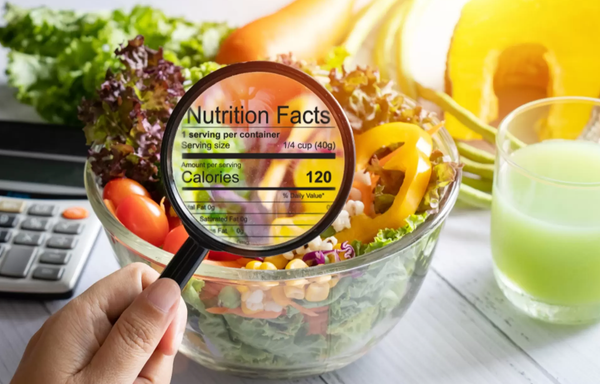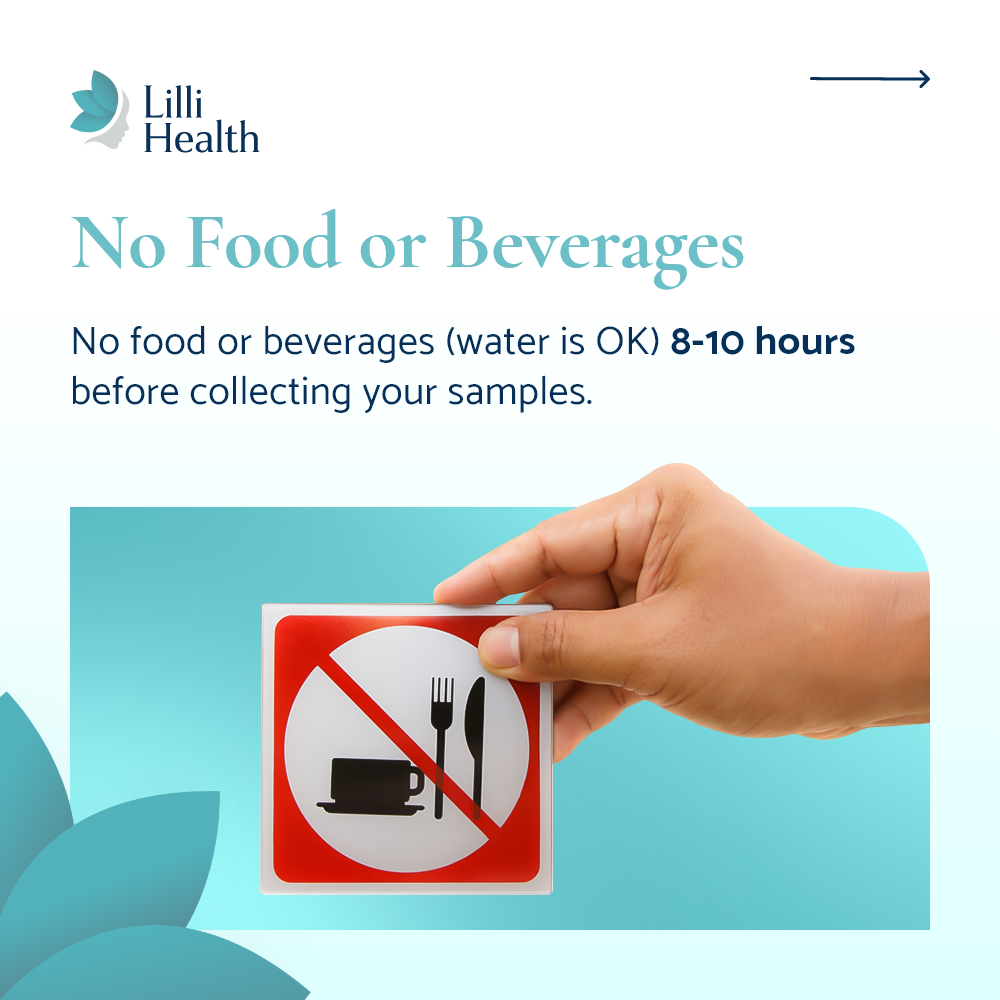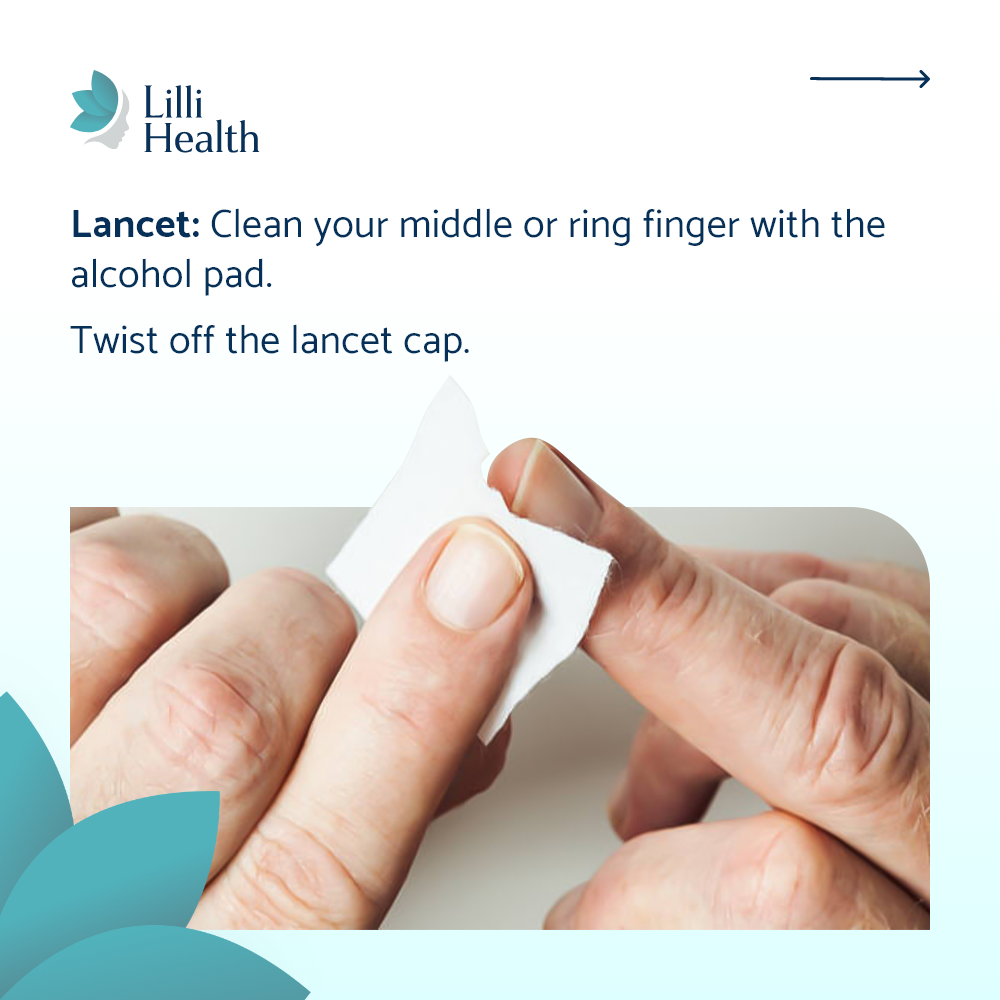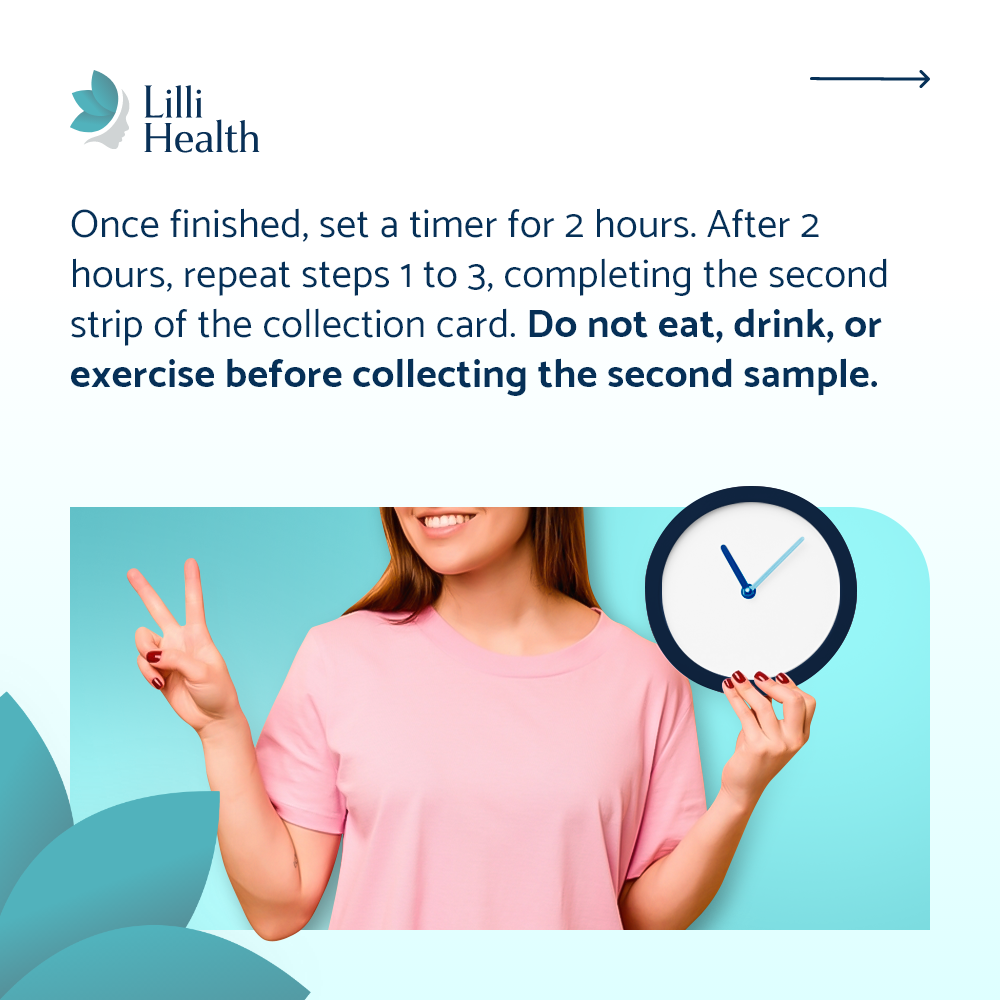

Why Thyroid Disorders Are More Common in People with Insulin Resistance
When people think about thyroid problems, they usually focus on things like fatigue, weight gain, constipation, dry skin, or thinning hair. And they’re often told their thyroid is “just slow” or “probably genetic.”
But what if the issue isn’t just your thyroid?
What if the real problem started with your insulin levels?
Because here’s what most people don’t know: Insulin resistance is one of the most common, yet overlooked, drivers of thyroid dysfunction.
Let’s unpack how these two systems are connected, and why your thyroid may not fully improve until insulin is addressed.
How Insulin Affects the Thyroid
Insulin is a master hormone that affects nearly every organ in your body—including your thyroid.
Here’s what insulin does to the thyroid when it’s chronically elevated (as in insulin resistance):
- It interferes with thyroid hormone conversion – Your body has to convert T4 (inactive thyroid hormone) into T3 (the active form). High insulin levels can block this conversion, leading to symptoms of hypothyroidism even if your labs look “normal.”
- It increases the risk of autoimmune thyroid disease – Insulin resistance is strongly linked with inflammation and immune dysregulation, which can raise the risk of Hashimoto’s thyroiditis, the most common cause of hypothyroidism.
- It alters TSH (thyroid stimulating hormone) signaling – Chronically high insulin disrupts the feedback loop between your brain and thyroid, leading to abnormal TSH levels, misdiagnosis, or undertreatment.
- It contributes to thyroid nodules and goiter formation – Insulin is a growth hormone and when levels are high, it can stimulate abnormal tissue growth, including in the thyroid gland itself. This may result in nodules, goiters, or cysts, even when thyroid hormone levels appear stable.
Why Thyroid Disorders Are More Common in Insulin Resistance
It’s no coincidence that hypothyroidism and insulin resistance often show up together. People with insulin resistance are more likely to:
- Have higher TSH levels
- Have poor T4 to T3 conversion
- Be diagnosed with Hashimoto’s
- Develop thyroid nodules or tumors
- Struggle with ongoing symptoms despite “normal” labs
And because symptoms of insulin resistance and hypothyroidism overlap (weight gain, fatigue, brain fog, mood issues), many people get treated for thyroid issues but never get screened for insulin resistance—leaving the real root cause unaddressed.
GLP-1 Drugs and Thyroid Tumors: Is There a Link?
Now let’s talk about GLP-1 receptor agonists—popular medications like Ozempic, Wegovy, and Mounjaro, often used for weight loss and type 2 diabetes.
These drugs work by:
- Increasing GLP-1 (a gut hormone that promotes satiety)
- Stimulating the pancreas to release more insulin
And while they’re highly effective for appetite suppression and weight loss, they’re also amplifying insulin release—sometimes in already insulin-resistant individuals.
Here’s where it gets concerning: GLP-1 drugs carry a black box warning for thyroid tumors in animal studies, and although this hasn’t been definitively confirmed in humans, the biological mechanism makes sense.
Remember, insulin is a growth signal. Chronically elevated insulin can stimulate abnormal tissue growth, including in the thyroid. So if a medication is ramping up insulin secretion even more, especially in someone already at risk, it may contribute to or accelerate thyroid abnormalities like nodules or tumors.
More research is needed, but the mechanism is plausible, and it’s one more reason why insulin levels should be monitored, especially in patients on GLP-1 therapies.
So What Can You Do If You Have Thyroid Issues?
If you’ve been diagnosed with hypothyroidism, Hashimoto’s, or thyroid nodules—and you also struggle with weight gain, fatigue, or blood sugar issues—it’s worth considering that insulin resistance may be a key driver.
Here’s how to start addressing it:
- Test your insulin: Ask for a fasting insulin or 2-hour insulin test (not just glucose or A1c). You can’t manage what you’re not measuring. You can also order a Lilli Metabolic Testing Kit.
- Follow a Low Insulin Lifestyle: Focus on meals that stabilize insulin and avoid sugar, starches, and excess dairy.
- Skip insulin-stimulating protein powders: Whey and casein can drive high insulin and IGF-1 levels—both are growth signals you don’t want overstimulated in thyroid conditions.
- Move gently but consistently: Walking, resistance training, and yoga all support metabolic and thyroid health, especially when paired with a Low Insulin Lifestyle.
- Track symptoms, not just labs: Many people with thyroid issues are told they’re “fine” based on labs. But if you’re still dealing with fatigue, weight gain, and brain fog, it’s time to look deeper, especially at your insulin.
Bottom Line
If you’re struggling with thyroid issues, don’t just blame your thyroid. Start asking: how high is my insulin?
Because insulin resistance is often the silent root of thyroid dysfunction—and until it’s addressed, you may keep chasing symptoms without resolution.
And if you’re using GLP-1 medications, remember: while they can help lower blood sugar, they also stimulate more insulin release, which may affect thyroid tissue over time.
Treat the thyroid, yes—but don’t forget to treat the metabolic environment. A balanced metabolism supports balanced hormones—including the ones made in your neck.
References
Safari F, et al. The association between thyroid function and insulin resistance as measured by the metabolic score for insulin resistance (METS-IR): insights from NHANES 2007-2012. BMC Endocr Disord. 2024.. Read more
Yasar HY, et al. Insulin resistance in nodular thyroid disease. Endocr Res. 2011. Read more
Shekarian A, et al. Prevalence of subclinical hypothyroidism in polycystic ovary syndrome and its impact on insulin resistance: a systematic review and meta-analysis. BMC Endocr Disord. 2025. Read more






















